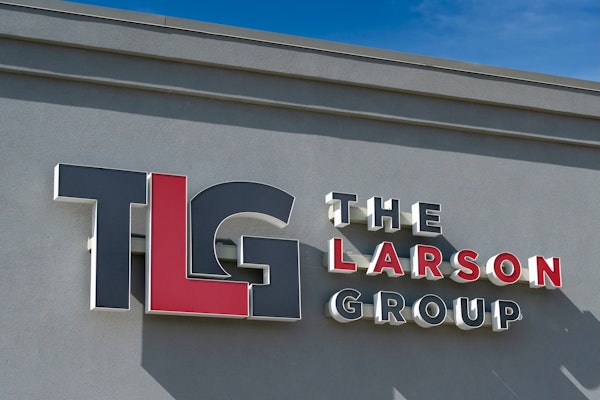Getting a prospective employee in the door is only half the battle, Karon says. Once an employee is hired training is a great way to keep them active and engaged.
Scheer says that was the idea behind Inland’s decision to build a dedicated employee training facility in 2013.
“It makes us more visible to the potential employees,” he says. “Some of them maybe have never heard of Inland Truck Parts but now we are in front of them.”
The training center, “interests them,” he says.
If recruiting helps hire employees, training is what keeps them, adds Cruickshank.
And training is an area the University of the Aftermarket knows quite well.
As the only college in the U.S. offering undergraduate degrees in Automotive Aftermarket studies, Northwood’s University of the Aftermarket program also offers Heavy Duty Leadership — a one- week post-graduate course for heavy-duty aftermarket professionals.
Now in its fourth year, Heavy Duty Leadership relies heavily on veteran members of the aftermarket to create a curriculum that both stimulates and educates aftermarket professionals.
It gives young employees a better understanding of the industry they’ve entered, and offers assistance on how to succeed moving forward, Cruickshank says.
Training like that is something all young people appreciate, adds Karon.
“Millennials really seem to get excited about training. They want that and expect that,” he says.
Corporate training efforts also can reap rewards on the local level, adds Dragan Brocilo of Daimler Trucks North America (DTNA).
Brocilo is the manager of training programs and marketing for DTNA’s Service Training Academy, which in cooperation with Universal Technical Institute trains students on service for all DTNA vehicles as part of its heavy-duty training courses.
“We realize most of the recruiting efforts of our [dealer] network are done on a grassroots local level, so this program helps students build relationships with future employers,” he says. “We have found these relationships lead to increased retention after hiring.”
And both recruiting and training will be necessity for the industry as more of its aging workforce reaches retirement age, Smith says.
“We’re already fighting for talent, and with all the [Baby Boomers] that are going to be leaving the industry soon, it’s going to become tougher and tougher for all of us,” he says.







